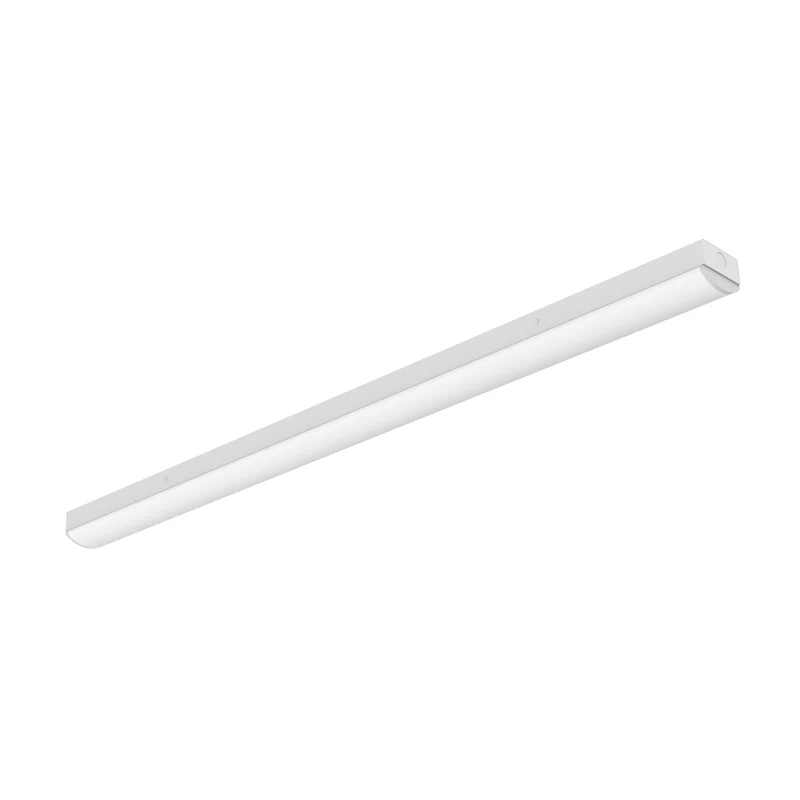목차
토글소개
조명은 생산성 향상부터 에너지 소비 감소까지 현대 생활에서 중추적인 역할을 합니다. 이 가이드에서는 LED 조명을 백열전구 및 형광등과 같은 기존 옵션과 비교합니다. 이 가이드가 끝나면 LED 조명이 주거용, 산업용, 상업용 조명으로 왜 탁월한 선택인지 이해하게 될 것입니다.
LED 조명이란 무엇인가요?
LED(발광 다이오드)는 전계발광을 통해 빛을 내는 고효율 반도체 장치입니다. 필라멘트를 가열하여 빛을 생성하는 기존 백열전구와 달리 LED 조명은 최소한의 열로 빛을 생성합니다.
또한 LED 조명은 발광 효율이 높고 에너지 효율이 더 높습니다. 관련 문서를 참조할 수 있습니다. LED 등가 전력. LED에 사용되는 재료에 대한 자세한 분석은 다음을 참조하세요. LED 조명은 무엇으로 만들어졌나요?
LED 조명 대 형광등 대 백열등
LED 조명의 가장 큰 장점은 광전 변환 효율에 있습니다.
- 최신 LED는 90%의 전기 에너지를 가시광선으로 변환할 수 있으며, 일반적으로 150lm/W 이상의 발광 효율을 달성합니다.
- 텅스텐 필라멘트를 사용하여 열을 발생시키는 백열등은 93%의 에너지를 적외선으로 낭비하고 7%만 빛으로 변환합니다.
- 형광등은 백열등보다 개선되었지만, 전기 에너지를 먼저 자외선으로 변환한 다음 형광체를 통해 가시광선으로 변환하는 방식으로 작동하기 때문에 40%의 에너지 손실이 발생합니다. 자세히 보기 LED 가시광선.
| 사양 | LED 조명 | 형광등 | 백열등 |
|---|---|---|---|
| 발광 효율(lm/W) | 80~200 | 40~70 | 8~15 |
| 수명(시간) | 25,000~50,000 | 6,000~15,000 | 750~2,000 |
| 시작 시간 | 즉시(0.1초 미만) | 0.5~3초(예열 포함) | 즉시 |
| CRI(연색성 지수) | 70~98(프리미엄의 경우 90 이상) | 60~85 | 95~100(자연광) |
| 열 방출 비율 | < 20% | 40% | > 90% |
| 자외선 복사 | 없음 | 낮음(자외선 포함 가능) | 중간(주로 적외선) |
| 수은 콘텐츠 | 0 mg | 3~5 mg/단위 | 0 mg |
| 작동 온도 | -40°C ~ +85°C(안정적) | -10°C ~ +60°C(추운 곳에서 시동하기 어려움) | 환경의 영향을 덜 받음 |
LED는 초기 비용이 높지만 수명이 길고 유지 관리가 덜 필요합니다. 투자 회수 기간이 2년 이내로 전기 비용을 크게 절감할 수 있습니다.
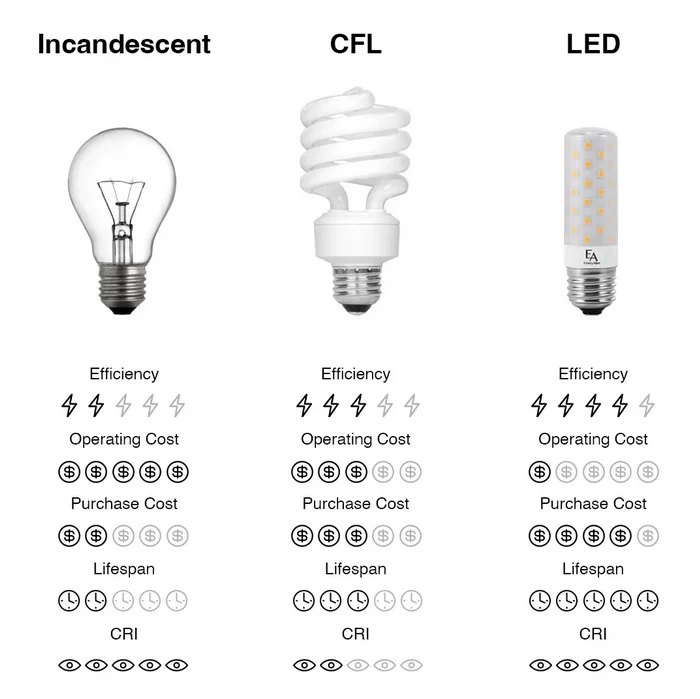
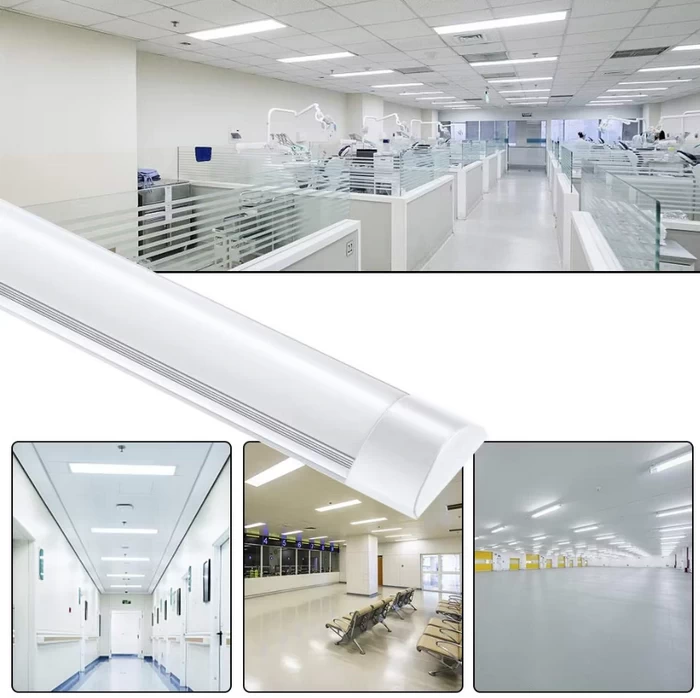
형광등을 LED로 교체
사용자 경험, 조명 품질 및 에너지 절약 효율성에서 상당한 차이가 있는 형광등에서 LED로 전환한 느낌은 매우 분명합니다. 특히 사무실, 상업 및 가정에서 LED 조명은 형광등을 완전히 대체했습니다.
- LED 조명이 지연 없이 즉시 켜집니다.
- LED 조명은 더욱 균일하고 부드러운 빛을 제공하여 더욱 편안하게 볼 수 있습니다.
- 동일한 밝기에서 LED는 일반적으로 형광등에 비해 절반 이하의 전력을 소비합니다.
- LED는 25,000~50,000시간 이상 지속되며 잦은 온오프 주기를 견딜 수 있습니다.
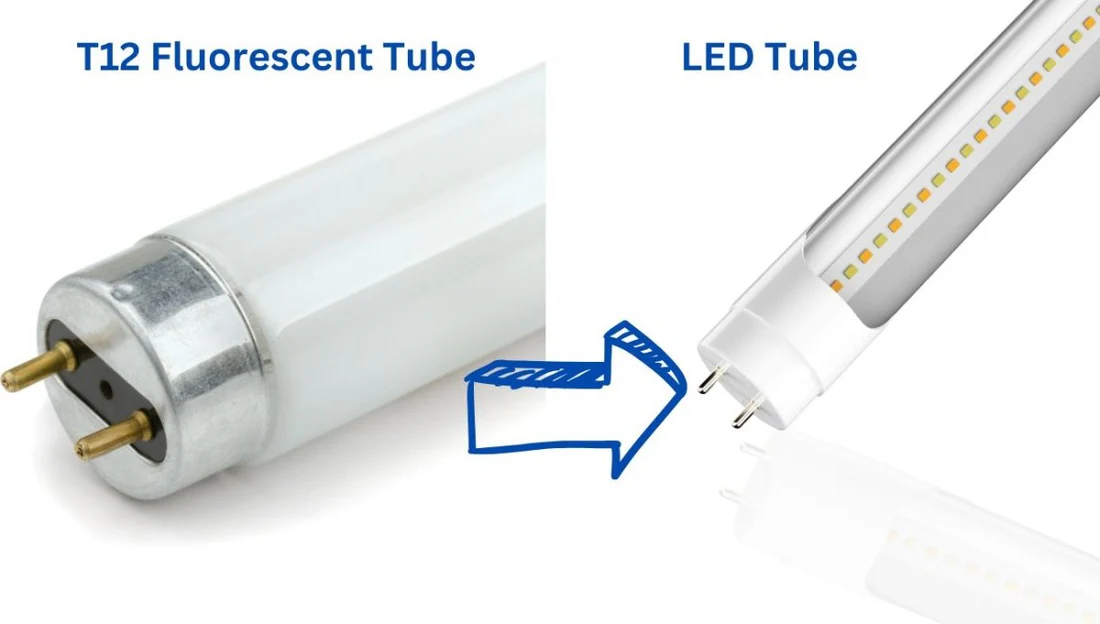
수명 및 유지 관리:
| 사양 | LED 튜브 | 형광등 |
|---|---|---|
| 평균 수명 | 30,000시간 | 8,000시간 |
| 교체 빈도 | 5~7년 | 1-2년 |
| 밸러스트 고장 | 없음 | 연간 평균 장애율: 15% |
형광등 전구를 LED로 교체합니다:
| 대상 바꾸기 | LED 선택의 핵심 포인트 | 잘못된 선택의 결과 |
|---|---|---|
| T8 형광등 | 길이 매칭(0.6m/1.2m/1.5m) | 설치 실패 |
| 하이 베이 형광등 | >10,000lm 이상의 하이 베이 LED | 불충분한 조명 |
| 방수 형광등 | IP65 보호 등급 | 습기 침입 단락 |
| 디머블 형광등 시스템 | DALI/PWM 디머블 LED 선택 | 조광기 기능 장애 |
백열등과 LED 조명의 차이점
백열등은 에너지를 너무 많이 낭비하기 때문에 많은 국가에서 사용이 금지되어 있습니다.
과학적으로 입증된 사실: 백열등은 100W의 전력을 소비할 때마다 5W만 빛 에너지로 변환되고 나머지 95W는 적외선 복사열로 낭비됩니다. 그러나 LED는 백열등의 1/10의 열만 발생시키면서 50W의 전력 소비로 동일한 광속(5000lm)을 출력할 수 있습니다.
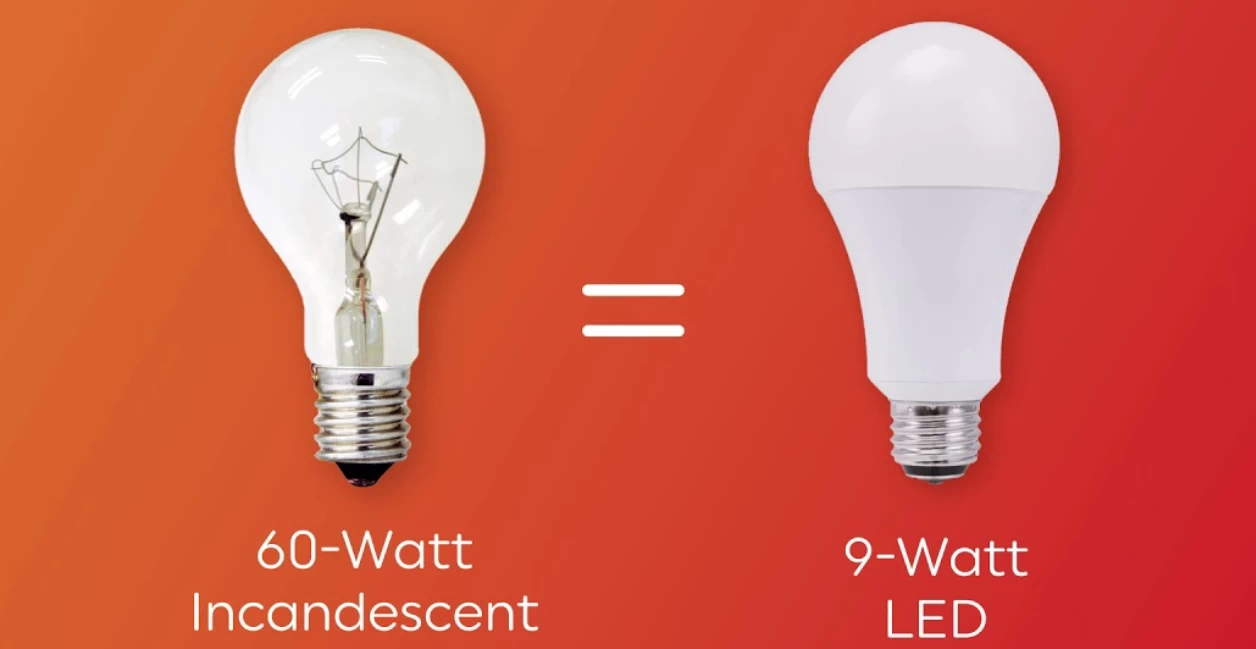
| 시나리오 | LED 솔루션 | 백열등 타당성 |
|---|---|---|
| 슈퍼마켓 신선식품 구역 | 5000K 고CRI LED(CRI>90) | ❌ 적외선 복사열은 식품 부패를 가속화합니다. |
| 공장 창고 | 200W LED 하이 베이 조명 | ❌ 500W 백열등, 전기 요금 두 배 증가 |
| 옥외 광고 | IP67 방수 LED 모듈 | 비가 오거나 안개가 낀 날씨에서 버스트 속도가 300% 증가합니다. |
형광등 대 백열등
백열등은 발광 효율이 낮고(8~15lm/W) 수명이 2,000시간 미만입니다. 백열등은 필라멘트를 가열하여 빛을 발생시키며, 빛의 온도는 260°C에 이릅니다. 하지만 연색성 지수(CRI)가 90~100으로 높습니다.
형광등은 발광 효율이 높고(40~70lm/W) 수명이 15,000시간 미만입니다. 시작 속도는 느리지만 적은 에너지 소비로 더 많은 빛을 생산하고 열을 거의 발생시키지 않습니다.
LED 조명의 확장된 응용 분야
주거용 조명
LED 조명은 효율성과 다용도로 인해 가정에서 백열전구를 점점 더 많이 대체하고 있습니다. 아늑한 거실 공간을 위한 따뜻한 톤의 조명부터 주방을 위한 밝고 시원한 조명까지, LED 조명은 모든 요구 사항을 충족합니다.
산업 및 상업용 조명
산업계와 기업들은 비용 효율성과 내구성으로 인해 LED 기술을 선호합니다. 하이 베이 LED 조명은 창고에 적합하며, 다음과 같은 분야에 적합합니다. LED 투광 조명 는 야외 공간에 이상적입니다.
사람들이 자주 묻는 질문
형광등에서 LED로 전환하는 것이 어렵나요?
형광등에서 LED 조명으로 전환하는 것은 일반적으로 번거롭지 않지만, 원래 사용하던 조명기구의 유형에 따라 편의성이 달라집니다.
- 튜브만 교체하는 경우에는 보통 그냥 교체하면 됩니다.
- 전체 조명을 교체해야 하는 경우에도 나중에 걱정할 필요가 없으므로 좋은 선택입니다.
형광등을 LED로 변환하는 방법은 무엇인가요?
LED로 전환하는 것은 설치뿐만 아니라 업그레이드 후 사용자 환경이 저하되지 않도록 밝기, 색온도, 조도 등의 조명 품질도 고려해야 합니다.
형광등을 LED로 전환하는 단계: 형광등을 LED로 전환하기 위한 단계
- 조명 매개변수(루멘, 조도, 색온도, 연색성 지수, 빔 각도)를 확인합니다.
- 조명 유형: 튜브 또는 전체 조명 교체 여부.
- 호환되는 LED 튜브 또는 조명: 크기, 전압, 커넥터가 일치하는지 확인하세요.
- 배선 필요 여부: 일부 LED 튜브는 밸러스트 제거 또는 재배선이 필요합니다.
- 새 조명 설치: LED 튜브를 삽입하거나 조명 전체를 교체합니다.
- 조명을 테스트합니다: 전원을 켠 후 제대로 작동하는지 확인합니다.
형광등과 백열등의 용도는 무엇인가요?
백열등은 분위기 연출에, 형광등은 기능성 조명에 더 적합했습니다. 하지만 지금은 두 가지 용도의 요구를 모두 충족할 수 있는 LED로 대부분 대체되었습니다.
- 형광등: 사무실, 교실, 쇼핑몰, 병원, 차고, 주방 등
- 백열등: 주거용 침실, 장식용 조명, 샹들리에 등




